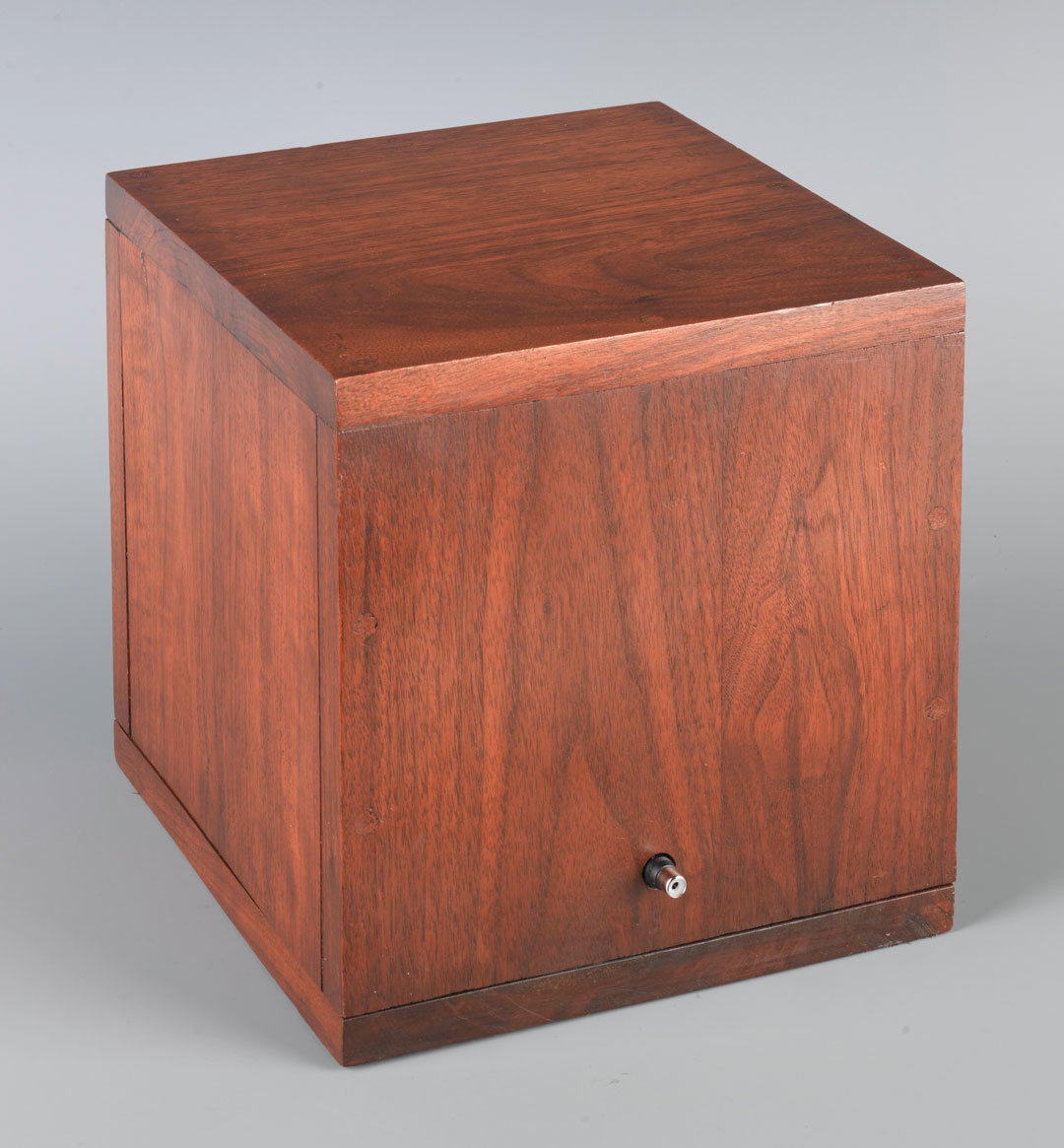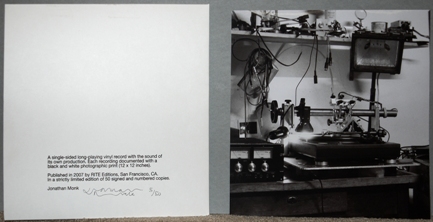Object of the week: Box with the Sound of Its Own Making
Honoring the life and legacy of Robert Morris, who passed away last Wednesday, this week’s Object of the Week highlights his iconic 1961 piece, Box with the Sound of Its Own Making.
A founder of Minimalism, Morris’s 1966 series of essays Notes on Sculpture cemented his reputation as a pioneering sculptor as well as a critical thinker. Among his many contributions to contemporary art of the 1960s and 70s (and beyond) was the prioritization of the relationship between viewer, artwork, and environment. Such hallmarks of Minimalism as repetition, scale, and an absence of expressive content were key elements in many of his works, forcing viewers to consider the spatial arrangement and scale of the sculptures themselves. In the words of New York Times art writer Ken Johnson, “Because the [minimalist] sculptures lacked the complex internal relationships of traditional composition, the viewer would focus on the object’s relationship to the architecture of the room and its effect on his or her perceptual experience of space, light and shape.”[1]
Rebelling against the notion of an artwork as something precious or finely crafted, Morris often worked with simple, everyday materials like plywood, felt, and mirrors. Throughout his decades-long career, Morris worked in a wide array of modes that explored the experiential nature of art and sculptural possibilities of space, ranging from labyrinths and performance to earthworks and environments with sound systems.
Box with the Sound of Its Own Making is an exemplary work in this regard. The piece is, cheekily, exactly what the title suggests: a seemingly ordinary box with a soundtrack of its own construction—three and a half hours of sawing, sanding, and hammering. Morris deftly does away with the mystery of artistic creation, pulling back the curtain to reveal a document of the physical labor necessary to create the work itself. What might otherwise be interpreted as precious, mute, and opaque is, in fact, a dynamic, narrative sculpture that highlights duration, process, and provisionality. See this piece at SAM, on view in Big Picture: Art after 1945.
– Elisabeth Smith, Collections Coordinator


